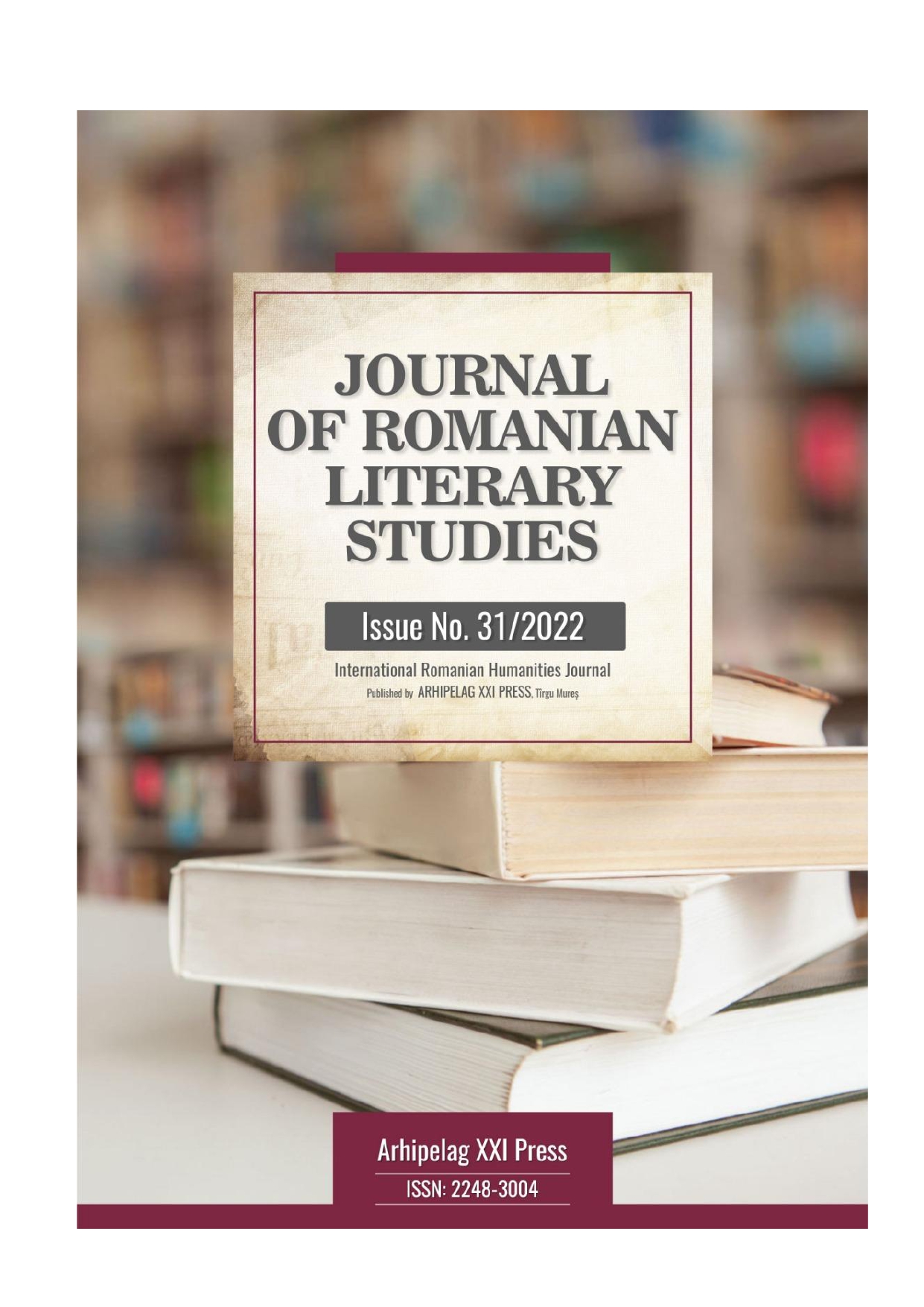THE PERCEPTION OF THE OUTSTANDING THEMES OF THE FANTASTIC IN THE IMAGINARY OF THE CINEMATOGRAPHY
THE PERCEPTION OF THE OUTSTANDING THEMES OF THE FANTASTIC IN THE IMAGINARY OF THE CINEMATOGRAPHY
Author(s): Oana BădăluțăSubject(s): Visual Arts, Film / Cinema / Cinematography, Sociology of Art, History of Art
Published by: Editura Arhipelag XXI
Keywords: theme/topic; fantastic; characters; plans; action;
Summary/Abstract: The topic of the fantastic narration is complex and has direct connection with similar domains, such as mythology, psychology, where elements of applied research from the science and technology domains, can also be added. The reiteration of these themes, that are approached in different ways, leads to the conclusion that there are forms of the universality of the fantastic, which refer to the individual or collective plans, as the writer Jean-Luc Steinmetz states, in his study, La littérature fantastique: The fantastic topic can be cultural or individual. Originally, it often belongs to the collective imaginary and it involves a dynamic. This carries the germs of a plot, which will be reshaped according to the writer’s whim and, therefore, he can create a similar fantastic, matching his motifs. The themes of the fantastic narration are the following: the Faustic pact, the troubled soul, the poltergeist, the vampire, who can’t find their peace, because of the death’s absence; the personified death, the undefined and invisible thing, intentionally bad, the statue, the dummy, the vending machine, the armour, all of which enliven; a wizzard’s curse, that can attract a disease or a terrible ordeal; the leader’s influence over the kingdom; the enticing and morbid ghost woman, who comes from the other world; the interference between the dream and the reality; the room, the apartment, the floor, the street, the house, all being eliminated from the space; chronotopic transcedence; the opposition animate-inanimate (the living statues); the slipping in a parallel universe; the multiplication of the personality or the double motif; the breakage of the subject-object limit; other topics are that of the libido, the devil’s identity with the woman, the incest; the foreboding dream, the moral superhuman court and the nefarious human being. All these themes can be classified typopogically in four situations or fantastic categories, which define: all the essential modalities of the fantastic, the most general types of deterioration of the dimensions and of the experience of the real, through breakage and re-composition. The fantastic’s topics can be easily oversized, changed and alternated, due to the permissiveness of the fantastic to be circular, on a single direction, as well as moldable and conventional. The supernatural characters create a surprising effect, especially in the horror movies, through their ambiguous behavior, their binary body language, of the details of normal-abnormal type; there are also situations when the fantastic characters (the ghost which appears and disappears) do not generate any fatality, but they play the role of some tricksters, who amuse us instead; the above-mentioned elements are included in the scripts of some memorable stories, whose effect is that of capturing and of shocking the audience, through a form of artistic syncretism.
Journal: Journal of Romanian Literary Studies
- Issue Year: 2022
- Issue No: 31
- Page Range: 526-532
- Page Count: 7
- Language: Romanian

